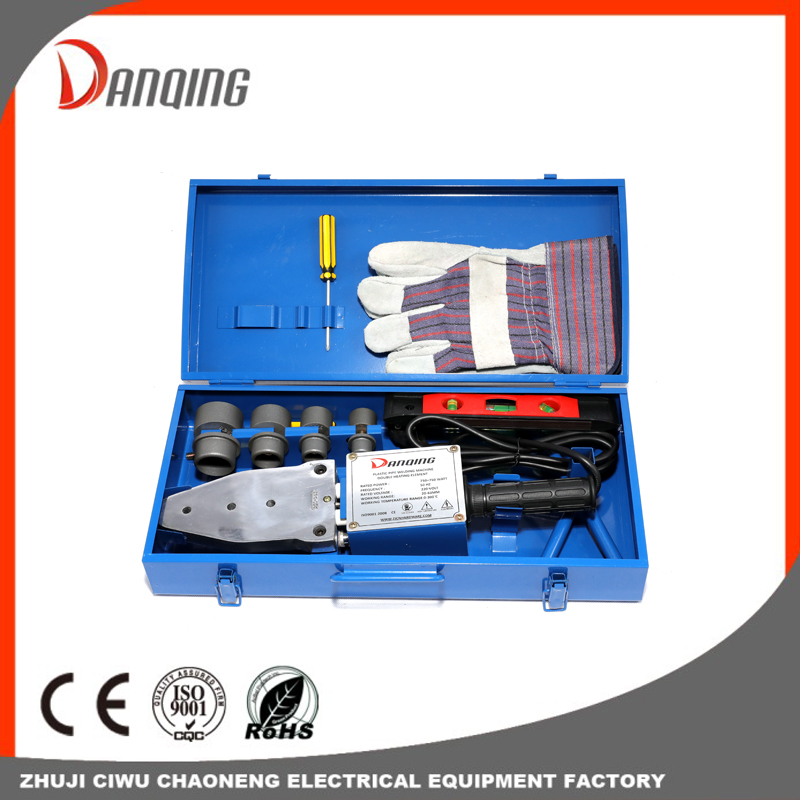Welding method of PVC plastic pipes
With the expansion of the application of plastic pipes, […]
With the expansion of the application of plastic pipes, the types of plastic pipes are also increasing. Now, in addition to general PVC and polyethylene pipes, there are: PVC core foam pipes, PVC, PE double-wall corrugated pipes, aluminum-plastic composite pipes, PE pipes, plastic-steel composite pipes, polyethylene silicon core pipes, etc.
The connection methods of plastic pipes are: mechanical connection, hot melt socket welding, hot melt butt welding, spot welding. Among them, hot-melt butt welding and spot welding are the main methods of joining plastic pipes.

When the hot melt welding machine receives welding, the inner ring surface and the outer ring surface of the heated object are used to heat the corresponding outer ring surface and inner ring surface of the welded plastic pipe and pipe fittings respectively, so that it melts, and the heated object is quickly pulled out, and then the pipe Pierce the pipe quickly and apply a certain amount of force to reach the welding intention after cooling. General hot melt acceptance welding is suitable for engineering diameter less than 125mm.
The butt welding of the hot melt welding machine is to use the hot melt butt welding machine to heat the welding end faces of the two pipes (must be cleaned or milled before welding) to a certain temperature, when they melt, and then quickly fit them together, and apply a certain pressure until Cool so that the two pipes are welded together.
According to the contact method of the welding machine heating plate and the welded pipeline, it can be divided into two methods: contact heating and infrared radiation heating. When welding in accordance with an appropriate process, the tensile strength and pressure bearing of the Hankou area are appropriate or stronger than the pipe itself. Hot-melt butt welding is suitable for welding plastic pipes with a diameter greater than 90mm. It should be noted that during the welding process to sufficient cooling to withstand the impact of external forces, nor can any method be used for forced cooling.

